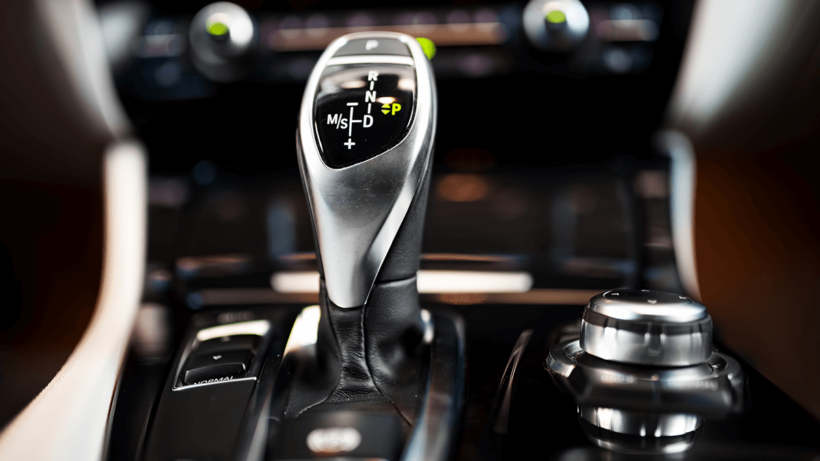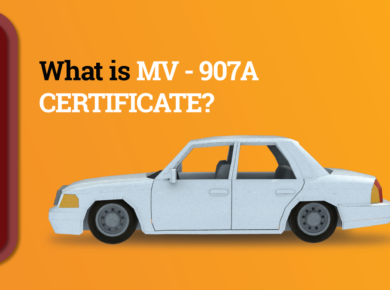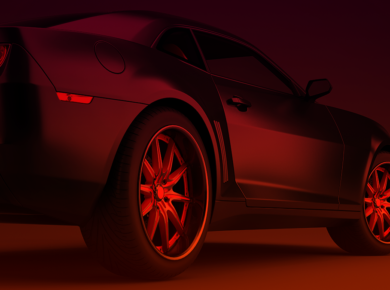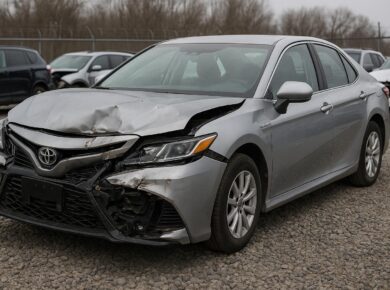Most customers got used to the classic transmission types that rule the automotive world. Each of us knew of manual and automatic gearboxes. CVTs have gained a large following because of hybrid models getting more acclaim over the last decades. However, technology is moving forward all the time, and we can enjoy driving vehicles with even more sophisticated drivetrains such as DCT. It stands for the dual-clutch transmission. Here, we’re explaining what it is and are focusing your attention on its pros and cons.
What is a Dual-Clutch Gearbox?
A dual-clutch transmission should be perceived as a combination of both manual and automatic. It combines the best of two worlds thanks to engineering ingenuity. The idea of utilizing this transmission isn’t new.
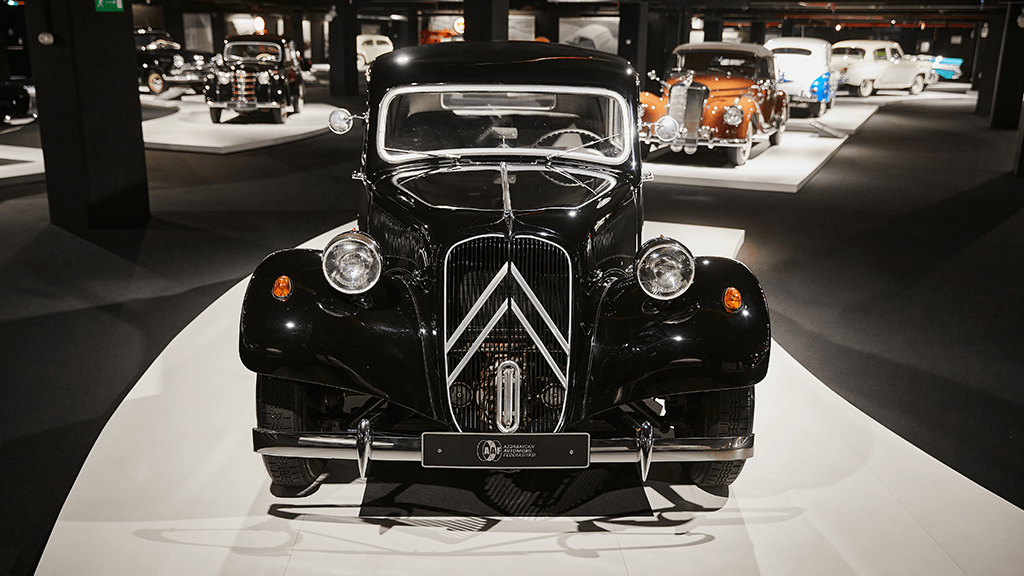
A French engineer Adolphe Kégresse patented this innovation in 1939, just before World War II. Still, the first mass-production car with a dual-clutch transmission debuted much later. It was the Hillman Minx introduced in 1961. The brand is defunct now.
How Does Dual-Clutch Transmission Work?
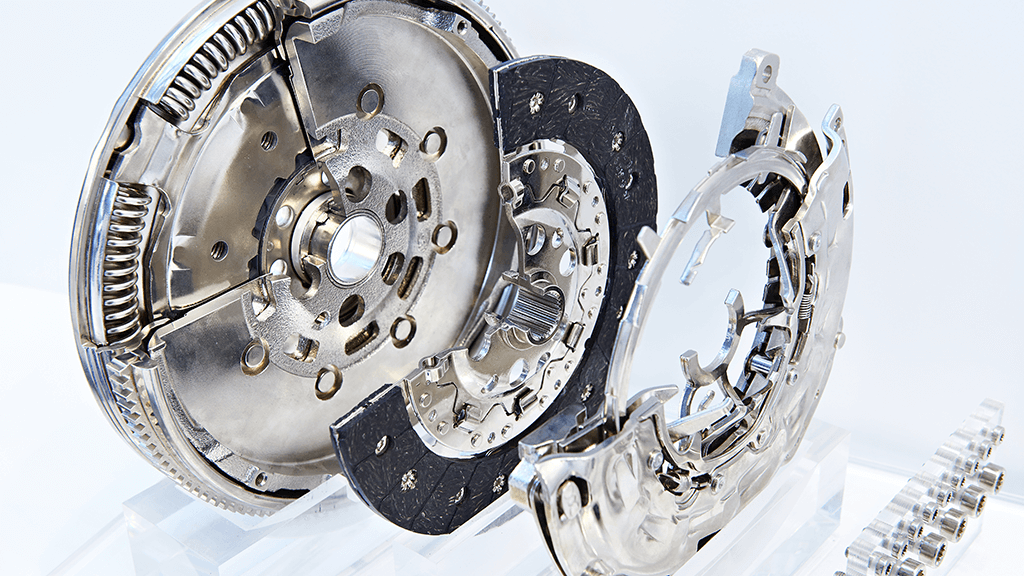
Unlike the manuals, DCTs engage two separate clutches placed within each other. Neither of them is operated through a clutch pedal. Instead, dual-clutch transmissions use two separate shafts responsible for selecting different gears. One of them switches even, while the other works with odd gears. They adjust to the engine revs and shift smoothly, like an automatic transmission. However, most automatic gearboxes are equipped with a torque converter that transfers power from the motor to the wheels. It’s not the case with DCTs (also known under different monikers, namely dual-clutch automated manual, double-clutch, or twin-clutch transmissions). Two clutches always engage and pre-select TWO gears. A computer or a hydraulic control unit is ready to set a gear that is adjusted according to the speed and load on the engine. That’s why power flows continuously without disruptions, and a shift shock is completely eliminated.
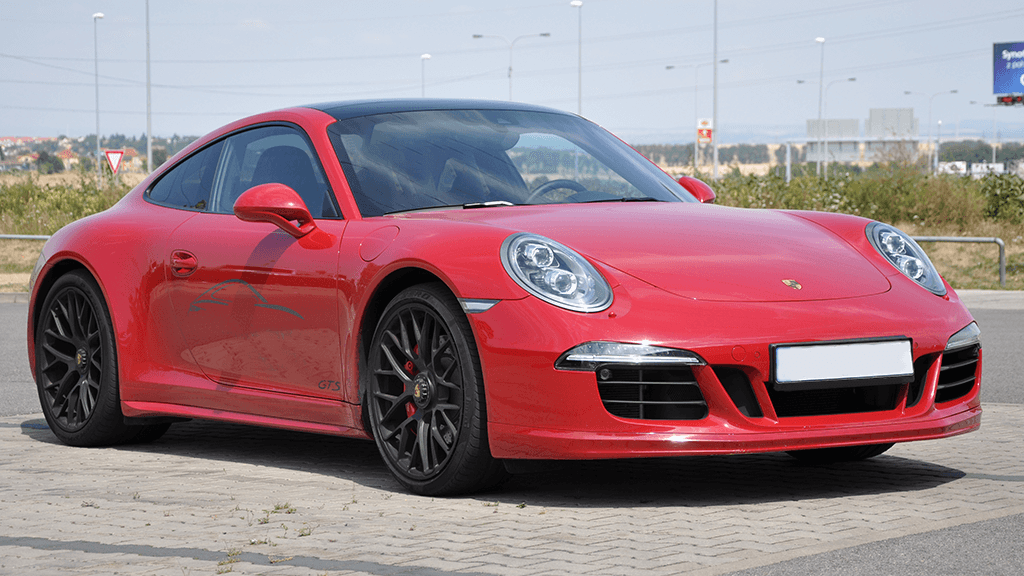
The main difference between the CVTs, automatic, and DCTs is that the latter CAN be operated through a driver’s input. Needless to say, it’s more like a prerogative of high-end performance models equipped with paddle shifters.
The Pros and Cons of Dual-Clutch Transmission
As well as other transmission types, this one has its advantages and drawbacks. To illustrate them better, we are drawing your attention to the following chart.
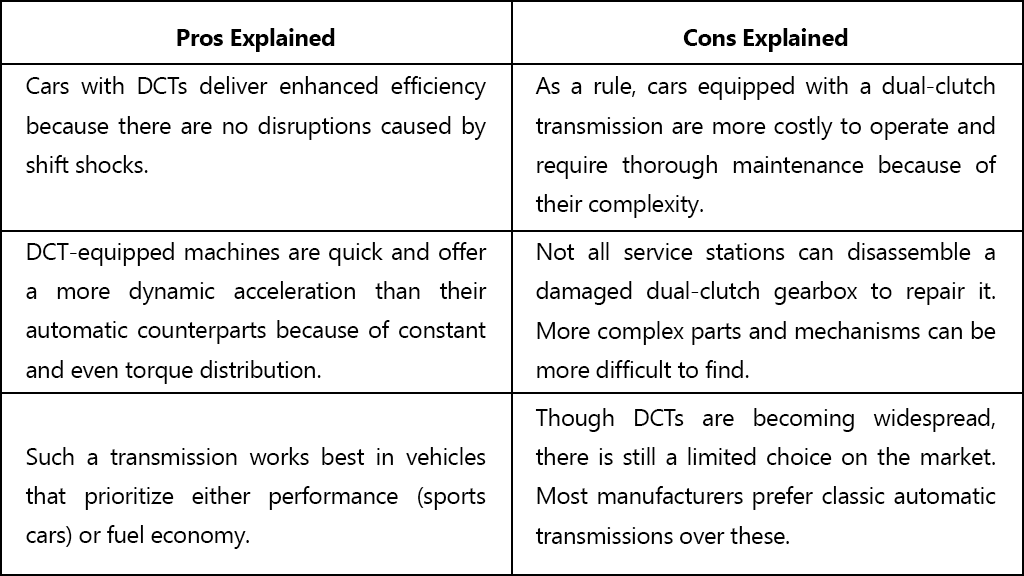
Which Cars Have A Dual-Clutch Transmission?

Only a few brands like Chevrolet, Ford, Porsche, and Hyundai offer models with dual-clutch transmissions. The newest Corvette is the most sought-after car with a dual-clutch transmission at the time of post. Check this article out for more information on what makes it the fastest-selling sports car. The legendary Porsche 911 also can be had with a dual-clutch PDK transmission.
Also ClearVin offers fast and easy access to the original Dodge Window Sticker by VIN.
Bottom Line
We can’t say for sure what drivetrain type is for you. It’s a matter of your personal choice. Still, we hope that our speculation on the pros and cons of a dual-clutch transmission will contribute to your balanced and well-thought-out decision. In any case, we are here to help you choose your next car with a way more affordable price tag than at the dealership. There are thousands of cars scattered across the USA listed on Salvagebid. Sign up to get started. Upload a copy of your government-issued ID and place a security deposit to be ready to bid. Choose a membership that meets your needs and find a car you like. That’s it. We are ready to get in touch with you anytime from 6:00 AM to 4:00 PM PST, Monday through Friday at +1 (360) 347-1300, and to answer all your questions.
